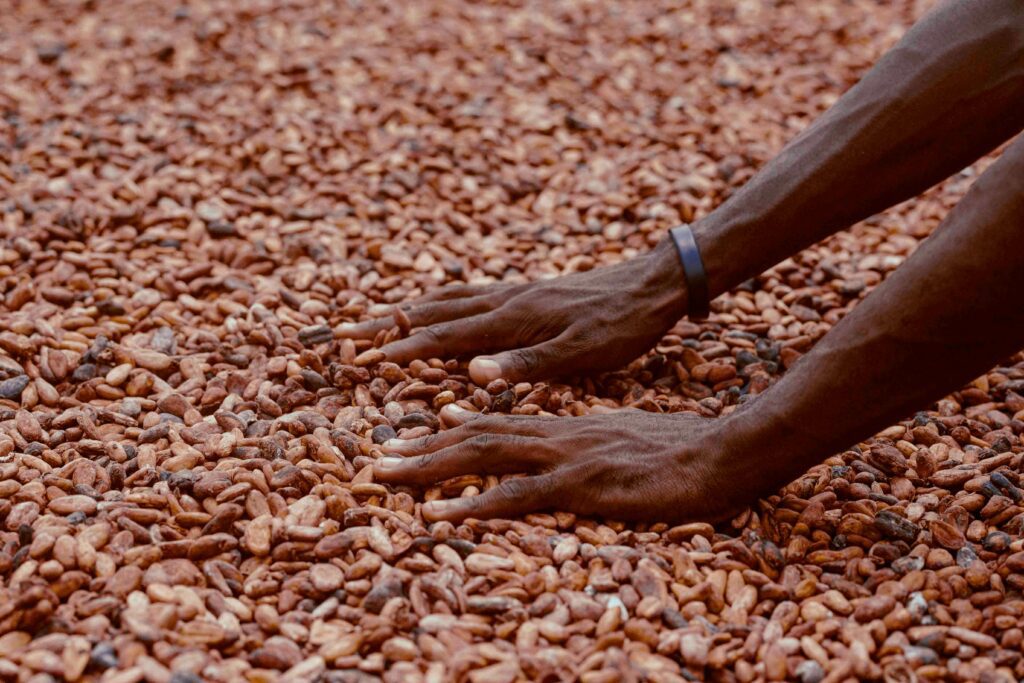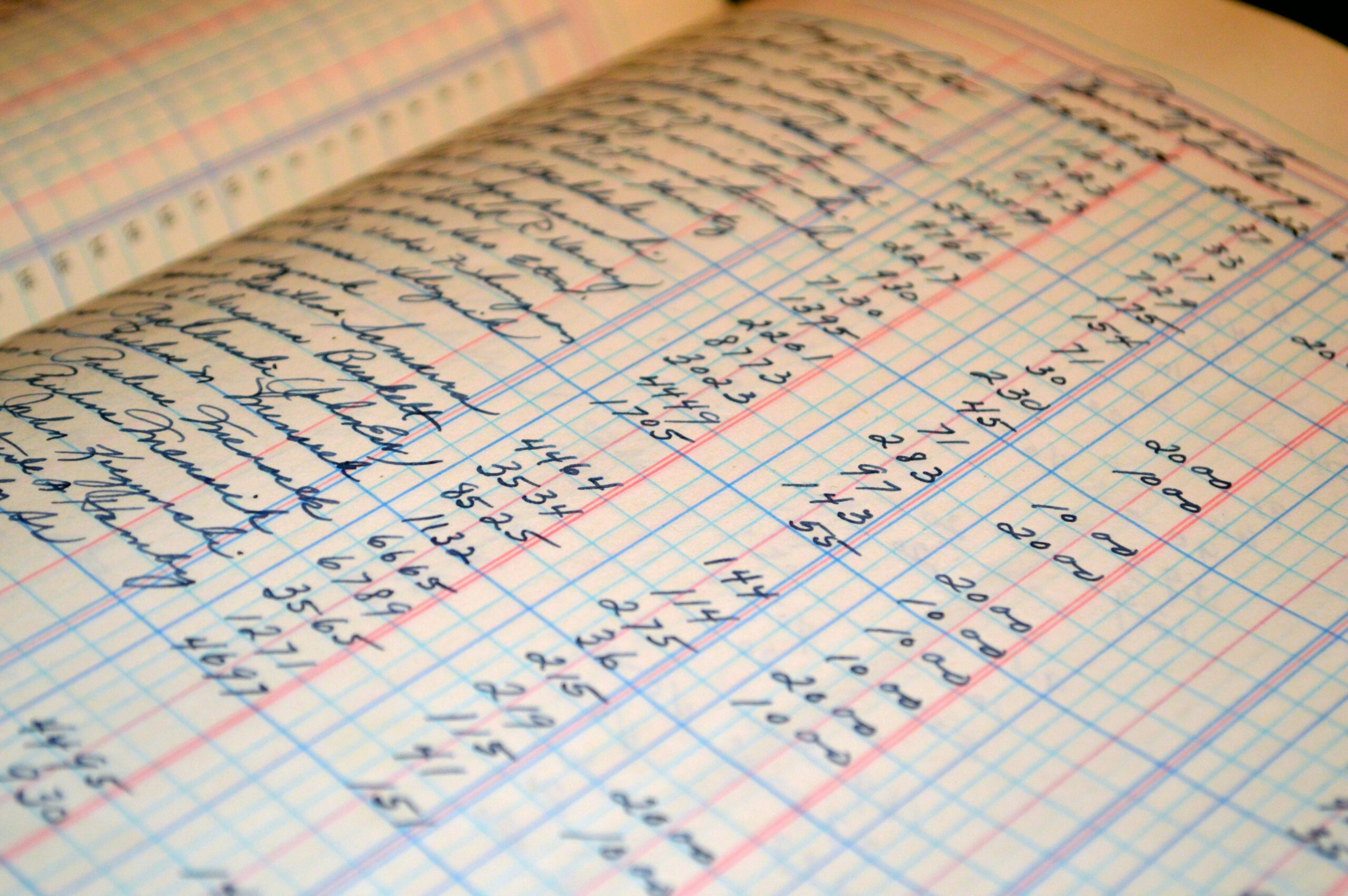How a cup of coffee and some chocolate cake in the café of Waterstones bookstore, in Cambridge, UK, became a source of reflection. Since yesterday, something else had been brewing in my mind after I heard commentary on Nestlé’s staff cuts at Business News Radio responding to rising costs for coffee and cacao. Something didn’t add up. I couldn’t quite put my finger on it, but when enjoying coffee and chocolate, the proverbial penny suddenly dropped.
Here is my thought pattern and I would welcome your challenge to expose flaws in my thinking. We are consuming tomorrow to feed today. Not just through food, but through our appetite for more; more comfort, more convenience, more growth, more return.
A couple of days ago, Nestlé announced it will cut 16,000 jobs globally over the next two years; 6% of its workforce.
The move is part of a cost-saving drive, raising its target from 2.5 to 3 billion Swiss francs. Behind the announcement lies a familiar pattern when profit margins are under pressure and competition is getting in the way of price increases:
| climate-driven cost pressure from failing harvests → layoffs and automation → rising technological and energy intensity → more emissions → deeper climate stress → higher costs again. |
And because prices are kept more or less at the same level to preserve market share, sales growth and overconsumption continues; the very behaviour that drives the sustainability crisis in the first place. A vicious circle. The machine is feeding on itself.
What looks like a purely financial restructuring is also a climate-and-society restructuring. One that keeps repeating because the rules of the game still reward the next quarter more than the next generation.


The hidden ledger: when savings become the planet’s debt
Corporate and investor behaviour is guided by one central fear: if we don’t deliver near-term returns, the market will punish us.
CEOs who miss quarterly targets are replaced. Boards reward cost-cutting, not regeneration. And markets seem to justify that fear: the volatility in stock prices often confirms it. Even companies that report robust performance can see their share price tumble if they miss analyst expectations or signal uncertainty about the next quarters. The message is clear—meet the numbers, or be punished.
Over time, this logic has created a mountain of savings—retained earnings, buybacks, dividends, and private wealth – amounting to roughly $450 trillion in global financial assets(1).
But what if the sum of all those savings – the global stock of accumulated capital – equals the cost of fixing what those same savings helped to break?
We invest $1.3 trillion per year in climate solutions(2). By contrast, the total investment required to stabilise the climate and restore ecosystems is estimated at $6-8 trillion annually for 25 years, or around $150-200 trillion in total, to stay on track for net zero(3).
The gap is almost identical to what corporations and investors accumulate each year in profits and payouts.
In other words;
| The world’s accumulated financial wealth is of the same magnitude as the amount needed to repair the damage that created it. |
Our efficiency surplus may be the planet’s deficit. Every dollar “saved” by externalising costs – onto workers, ecosystems, or future generations – creates a mirror debit on the planetary ledger. The “profit” we celebrate in one column is the “loss” of our shared home in another.
The accountants amongst us will highlight that it’s a fundamental violation of the principle Luca Pacioli set out over five centuries ago when he introduced partita doppia—the system of double-entry bookkeeping. Pacioli taught that for every credit there must be a corresponding debit, so that nothing is gained without acknowledgment of what is given.
Yet in today’s global accounting, we’ve booked centuries of profit without posting the corresponding loss. We’ve kept one side of the ledger open, and hidden the other in the atmosphere, the oceans, and the lives of those left behind, mainly by treating these impacts as externalities, conveniently placed outside our financial statements.
But the planet doesn’t recognise externalities. From the perspective of one interconnected system, nothing is ‘outside’. Every action finds its consequence somewhere. As Peter Drucker observed, “What gets measured, gets managed.” The trouble is that we’ve been measuring the wrong things – flows of money rather than flows of matter and life. Our accounting systems reward what extracts value, not what sustains it. And so what gets managed is profit, even when, in planetary terms, it isn’t profit at all. It’s accounting in denial.
The vicious circle, in simple terms
Each time we defend a margin by cutting labour and adding technology, emissions rise, climate stress increases, and the next harvest costs more. Meanwhile, by keeping prices low to protect sales, we stimulate (over)consumption and further strain the planet’s limits.
We’re eating the system to feed the system. It’s elegant, efficient, and self destructive.

How to turn it into a positive vortex
There is another way, a spiral that regenerates instead of depletes.
- Price truthfully, not tactically: integrate the real costs of resilience – living incomes, regenerative agriculture, clean energy – into prices. Prices rise, volumes fall, but the system stabilises.
- Redefine value: move from maximising sales to maximising meaning. Sell better, not more. Compete on taste, origin, purpose and integrity.
- Invest in the living base, not just the capital base: put money into soil, farmers, communities, renewables—the true engines of long-term prosperity.
- Use technology to heal, not to hollow: let AI help cut waste, increase circularity, optimise energy distribution and consumption, and support workers in transition, not replace them.
- Balance the books: recognise natural and social capital as real assets. Let CFOs evolve into Chief Value Officers—measuring not just how much we make, but what it costs to make it.

The CFO/CVO view: seeing the full ledger
If finance leaders extended their time horizon, they’d see the truth: the amassed capital of today is the deferred expense of tomorrow.
Repricing, reinvesting, regenerating—these aren’t acts of idealism. They’re acts of risk management. The real danger isn’t losing a few basis points this quarter; it’s losing the conditions that make any margin possible at all.
HeartWork reflection: the inner ledger
Beneath every external system lies an internal mirror. The same fear that drives CEOs to protect earnings at all costs is the inner fear of scarcity—the belief that there will never be enough: enough growth, enough security, enough time.
But regeneration begins when we release the grip. When we stop hoarding—money, power, or control—life finds its natural rhythm again. The outer economy won’t heal until the inner economy does. And the same courage it takes to transform the balance sheet begins with transforming the self.
One line worth keeping
Lower volume, higher value, fewer externalities and a future that remains inhabitable. When over(h)eating stops, digestion and regeneration can begin. And every one of us in the developed world has a role to play.
Sources
London School of Economics Grantham Research Institute (2024), New report recommends COP29 negotiations on climate finance should focus on mobilising USD 1 trillion per year for developing countries by 2030.https://www.lse.ac.uk/granthaminstitute/news/new-report-recommends-cop29-negotiations-on-climate-finance-should-focus-on-mobilising-1-trillion-per-year-for-developing-countries-by-2030
Force Good Foundation (2022), All the Money in the World — And Who Has It? p. 6. https://forcegood.org/frontend/img/2022-report/pdf/All_the_Money_in_the_World_20220906.pdf
Climate Policy Initiative (2023), Global Landscape of Climate Finance 2023.https://www.climatepolicyinitiative.org/publication/global-landscape-of-climate-finance-2023
Please let us know what you think, we would love to hear from you via sendlove at heartwork dot earth.

